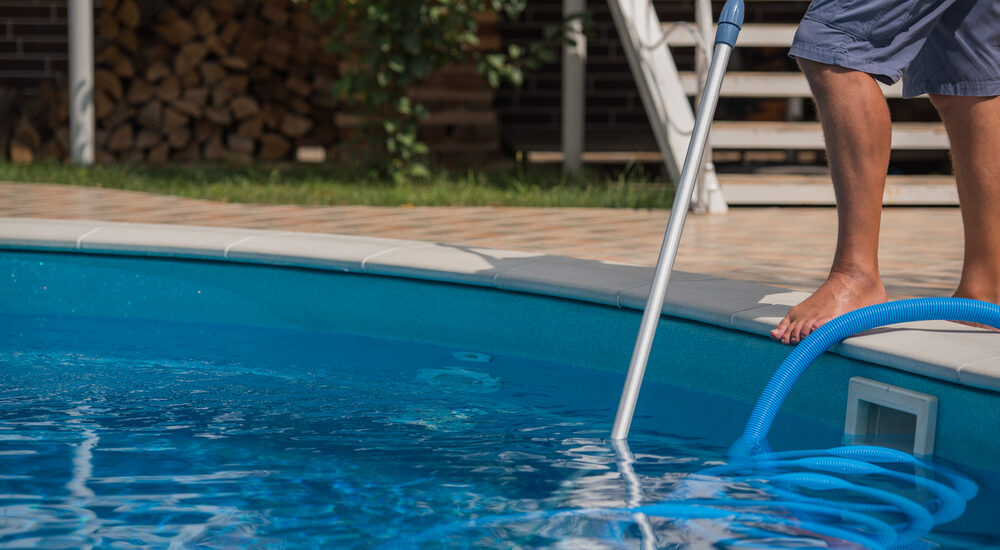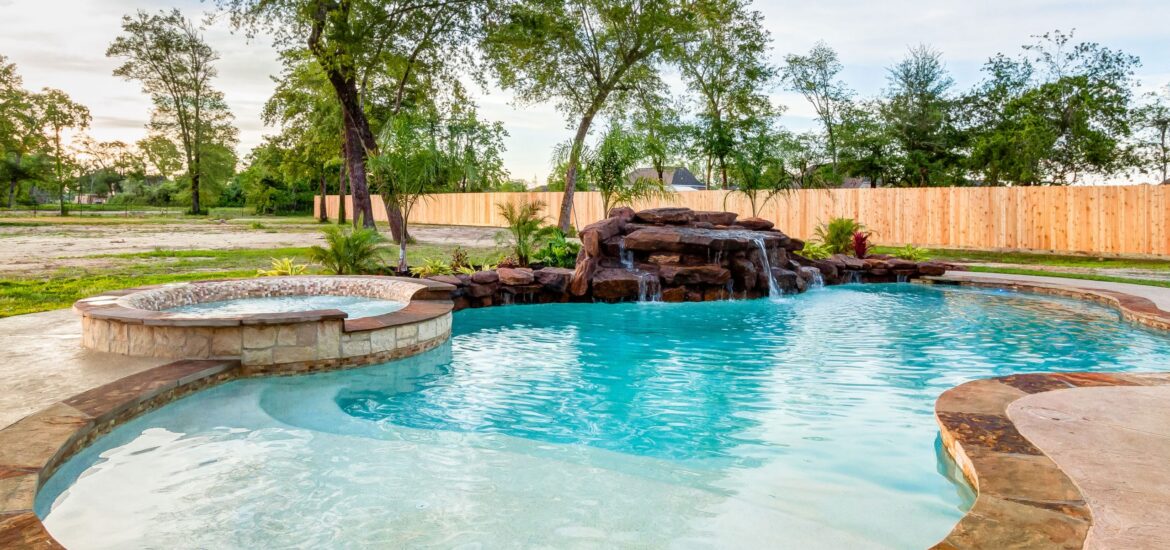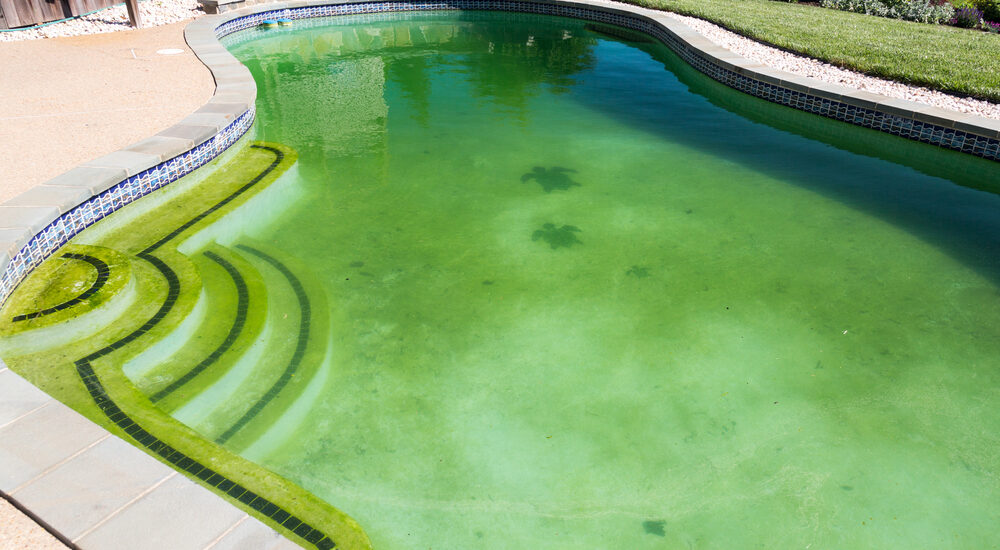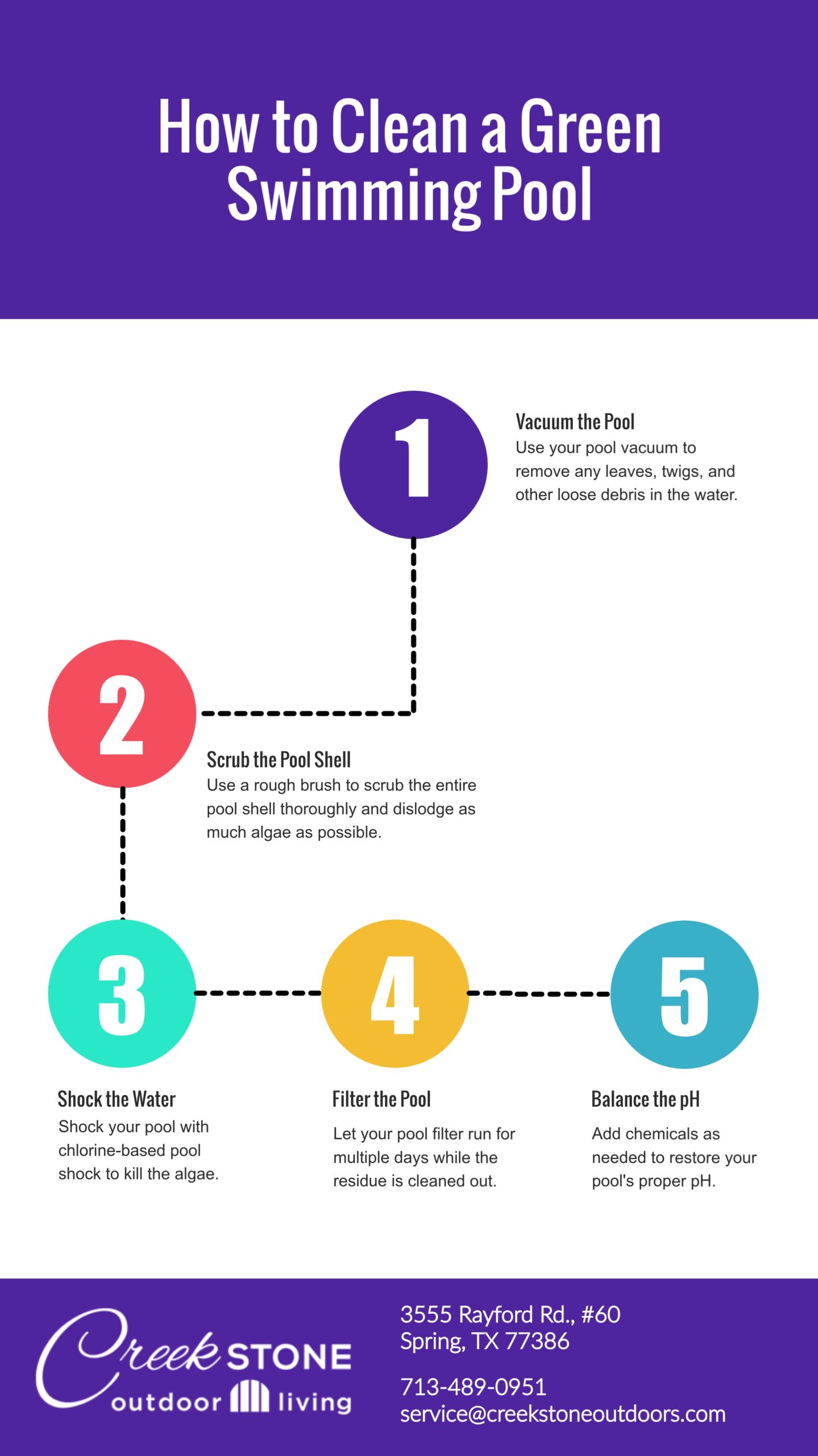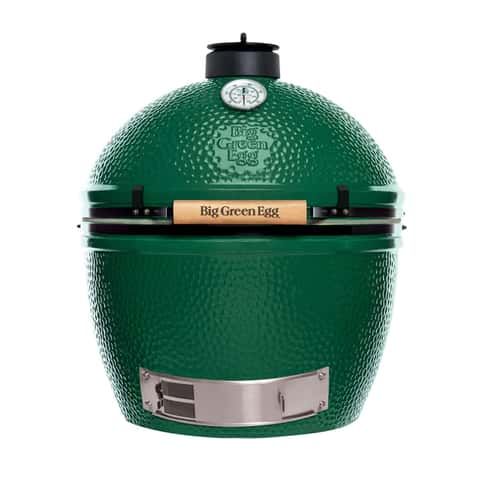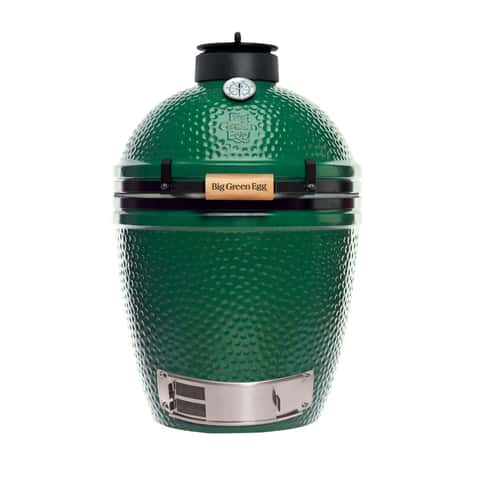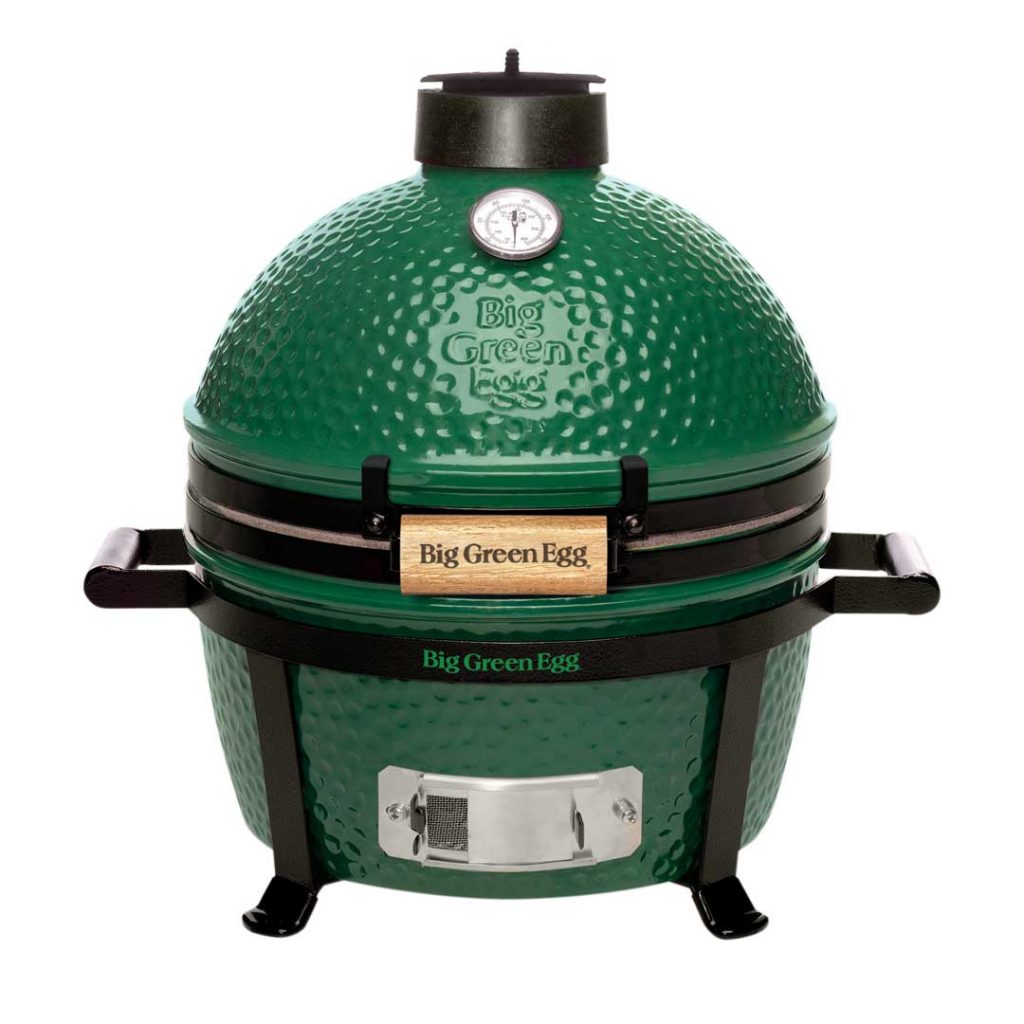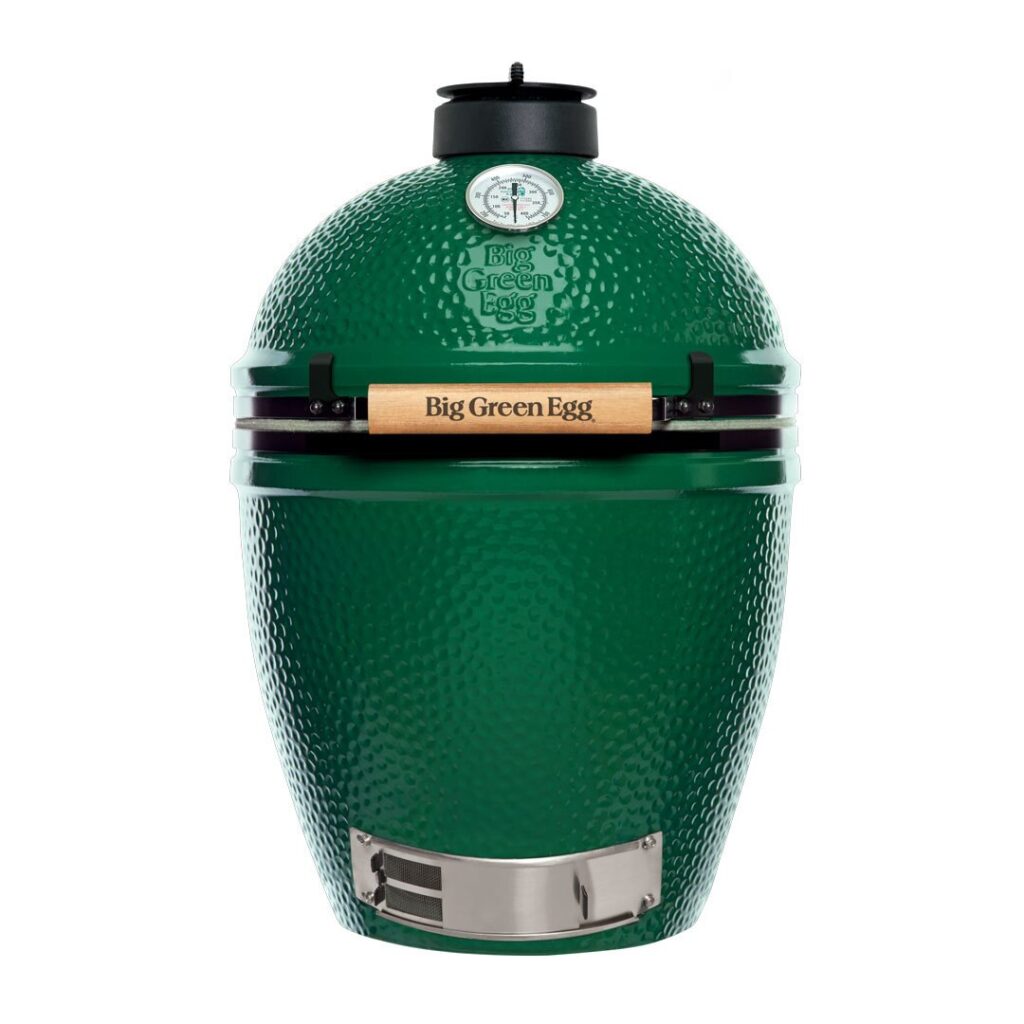Any homeowner with a swimming pool can attest to the endless hours of fun and socialization the pool can provide. However, the same homeowner can also tell you about the maintenance and periodic repairs the pool requires. If you’re considering having a pool installed, maintenance should be a serious consideration before you get started. What can you do yourself and what will you need to hire someone to do for you?
There’s no easy answer to the question of when to perform DIY maintenance and when to hire a pro. While some tasks are easily handled by the homeowner, others may require a more expert touch. Let’s take a look at the different types of pool maintenance and which you can easily handle yourself.
Can you handle your swimming pool’s maintenance requirements on your own? You might be better off hiring a professional for several tasks. Find out why here. Share on X
When DIY Pool Maintenance is Fine
A lot of standard pool maintenance is easy enough to do and doesn’t require a lot of time or expertise. If you’re willing and able to do a little of the work yourself, you can probably take care of your pool with these simple methods:
- Weekly testing your pool water’s pH levels and adding chemicals as needed
- Scooping out small, floating debris with a pool net
- Inspecting the pool filters and pumps
Hiring a Pool Maintenance Specialist
Some homeowners simply don’t have the time or knowledge required to maintain their pool by themselves. Maybe you don’t know how to use a water testing kit or you’re just away from home so much you can’t afford the time. In that case, it may be time to hire someone to perform these basic maintenance tasks for you. The small monetary investment is more than worth the saved money in expensive restoration if you neglect basic work.
Hiring a Professional Pool Contractor
Finally, there will be times when you simply can’t do the repairs or required maintenance yourself. Even a hired maintenance specialist might not be able to help you. If you notice a leak in your pool, chips or cracks in the pool shell, or a severe malfunction in the pump mechanism, it’s time to call an expert. Don’t make the damage worse or hurt yourself trying to fix something you don’t fully understand.
Pro Tip: Trying to fix a broken pool pump could lead to pretty severe consequences if done incorrectly. It’s best to leave this job to a professional.
Maintaining Your Pool for the Long Term
Swimming pool maintenance is a rather unpleasant but necessary part of owning your own private pool. However, don’t feel like you need to carry the entire burden of maintenance yourself. With a sufficient blend of DIY work and professional help, you can keep your pool clean and pleasant to use.
Join the conversation for more insights on owning and maintaining your swimming pool.

